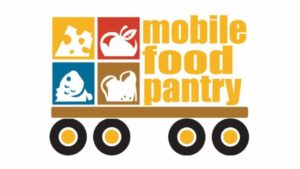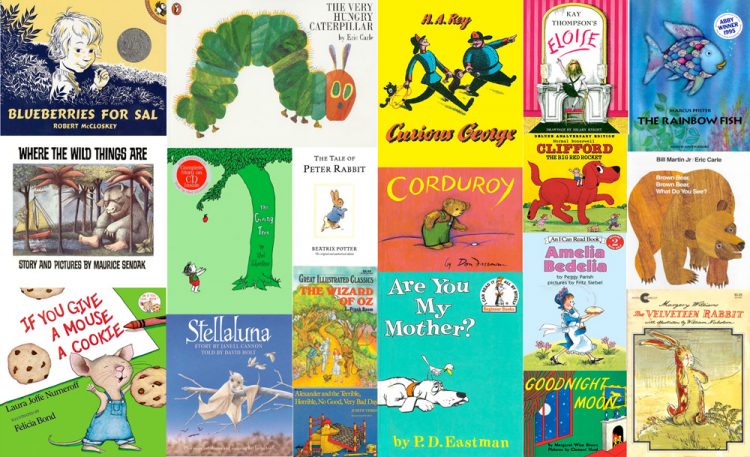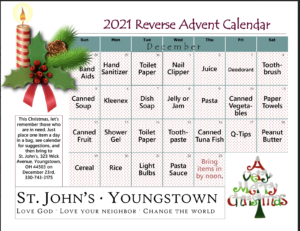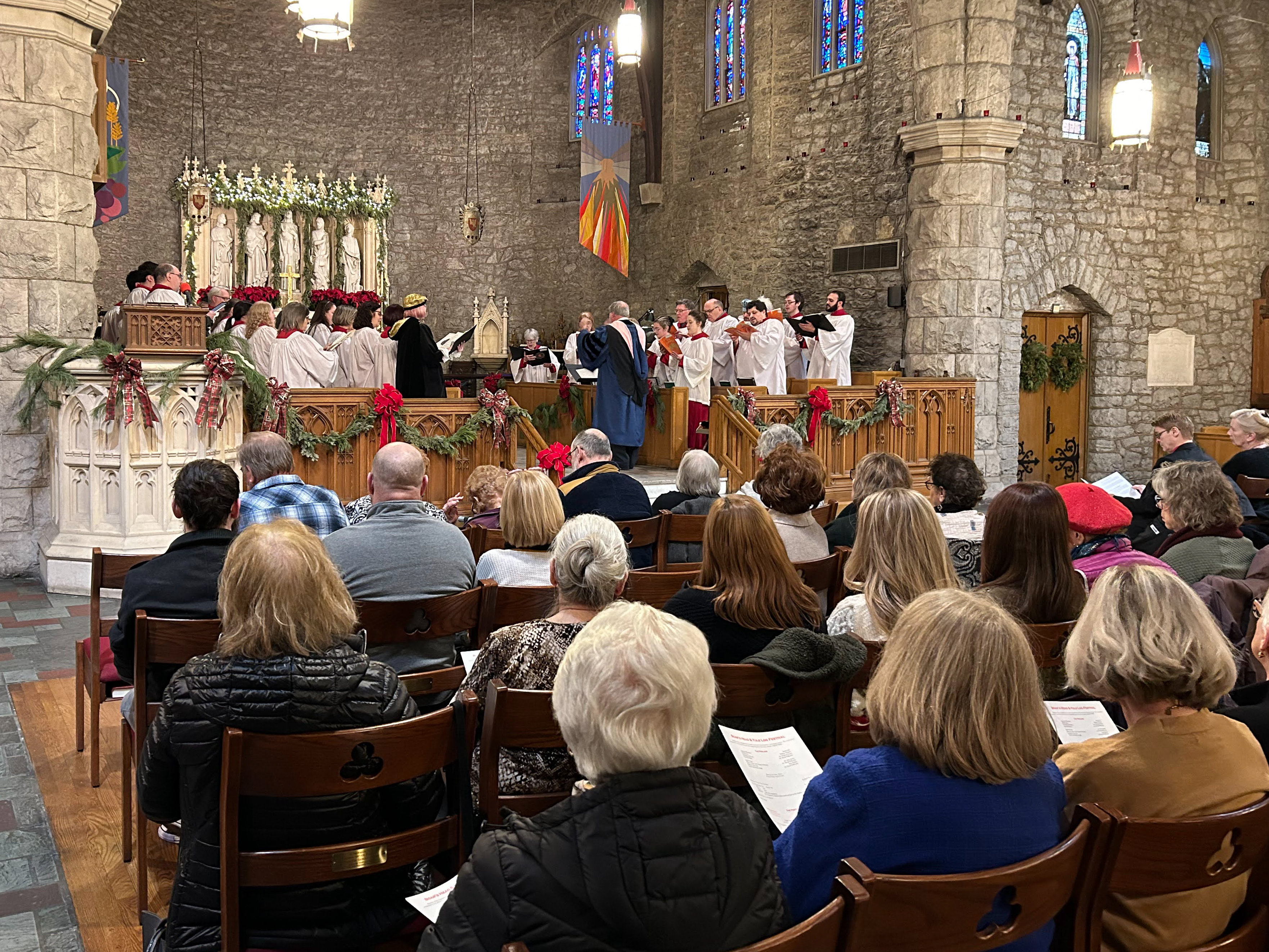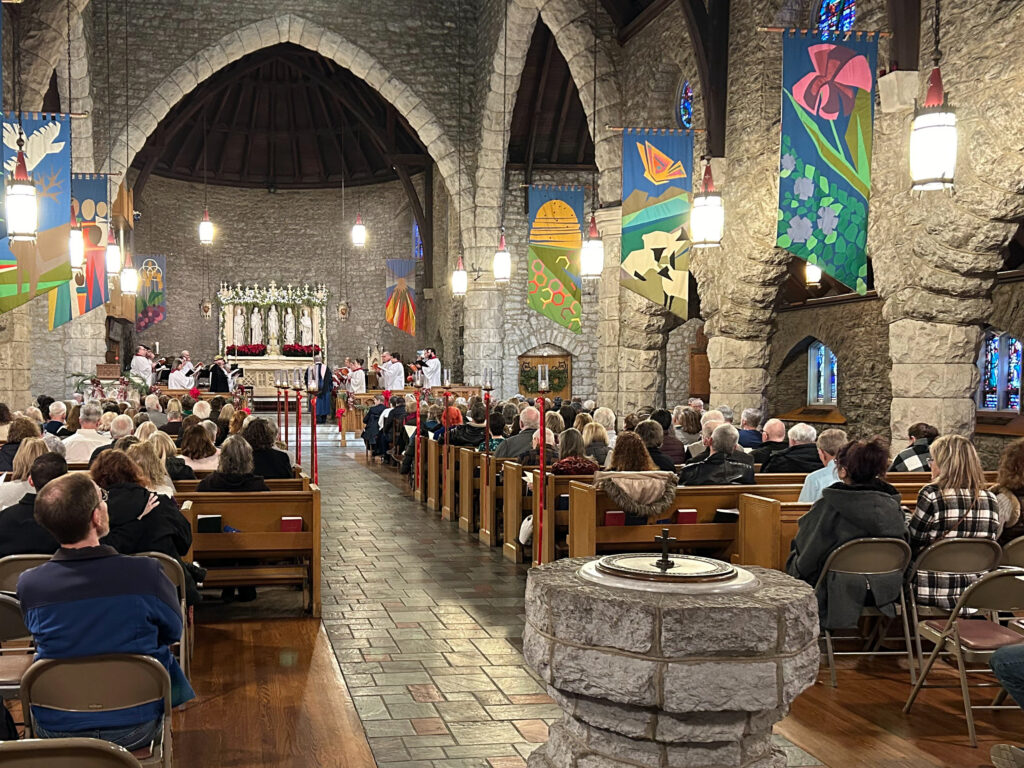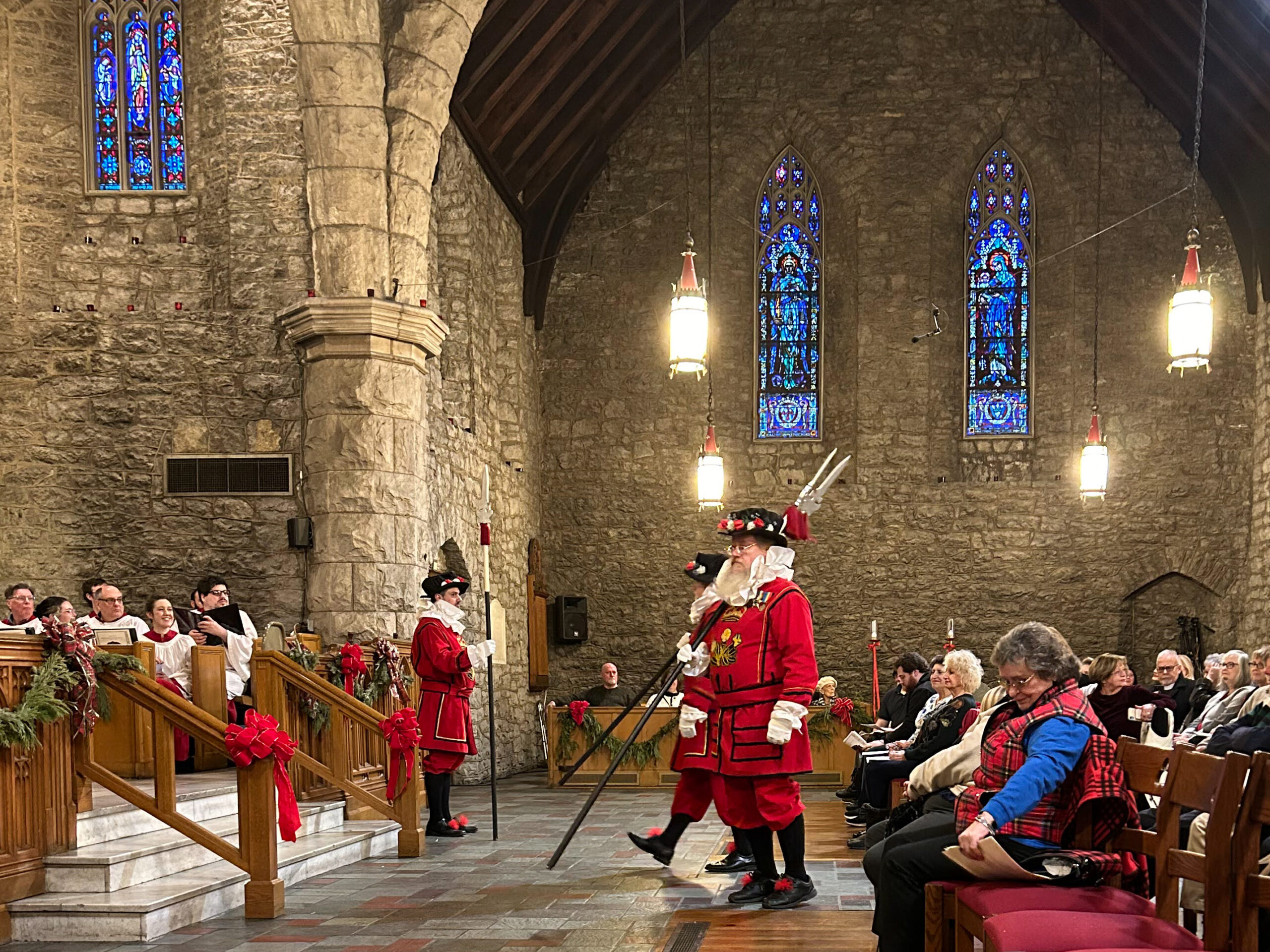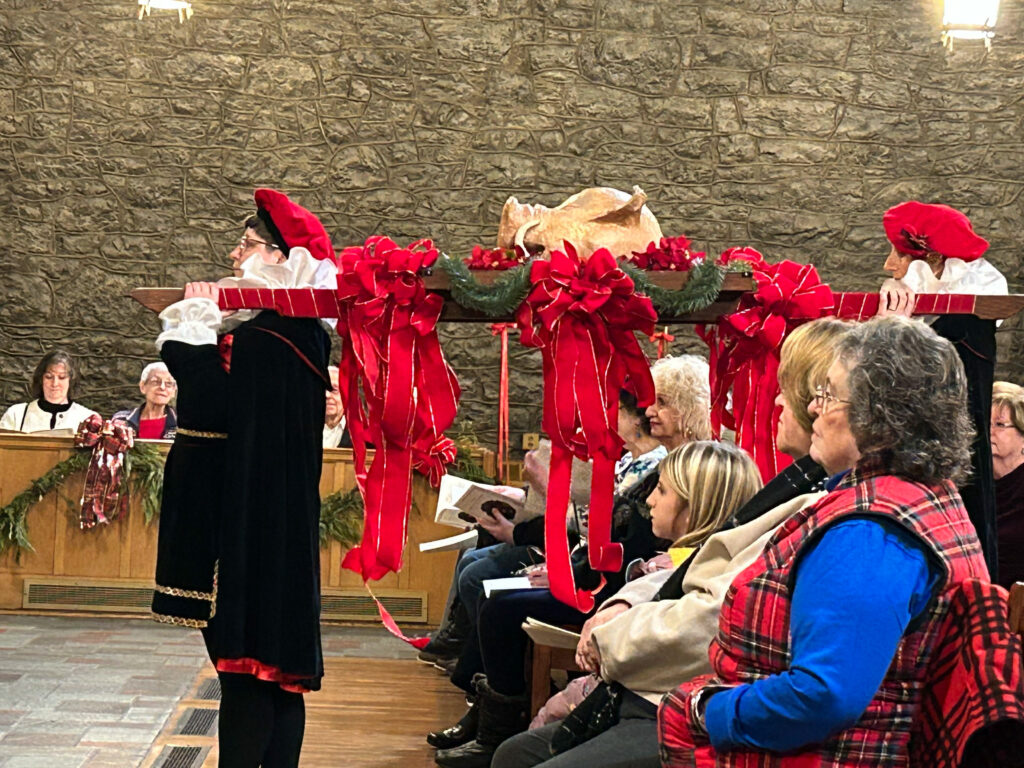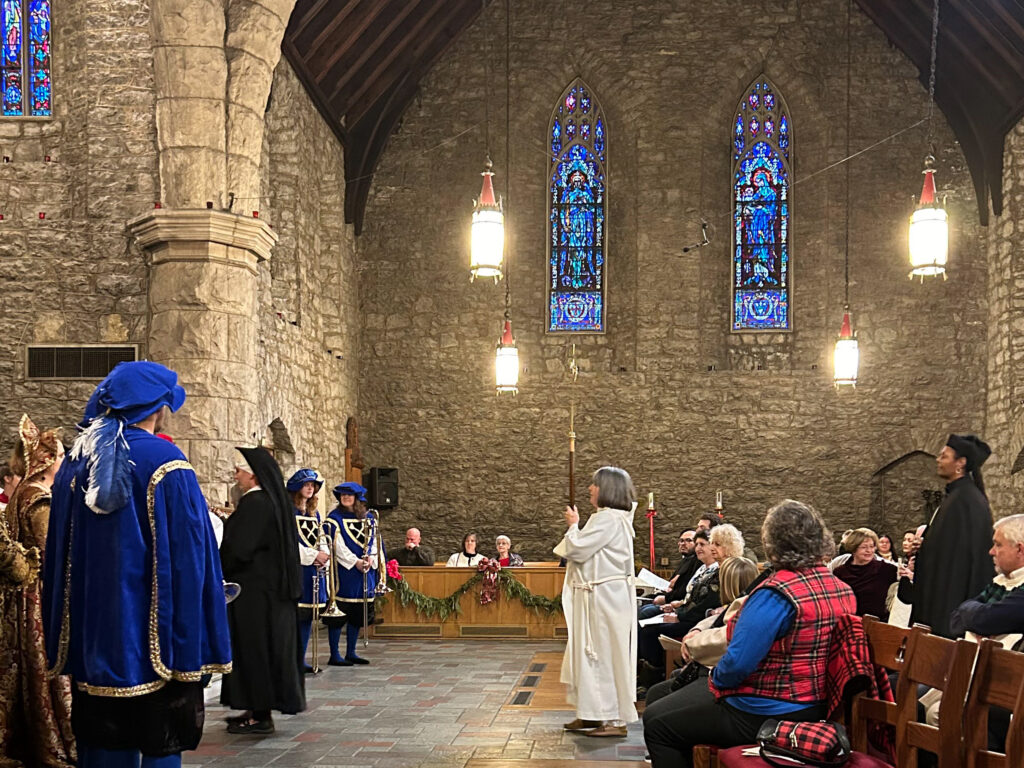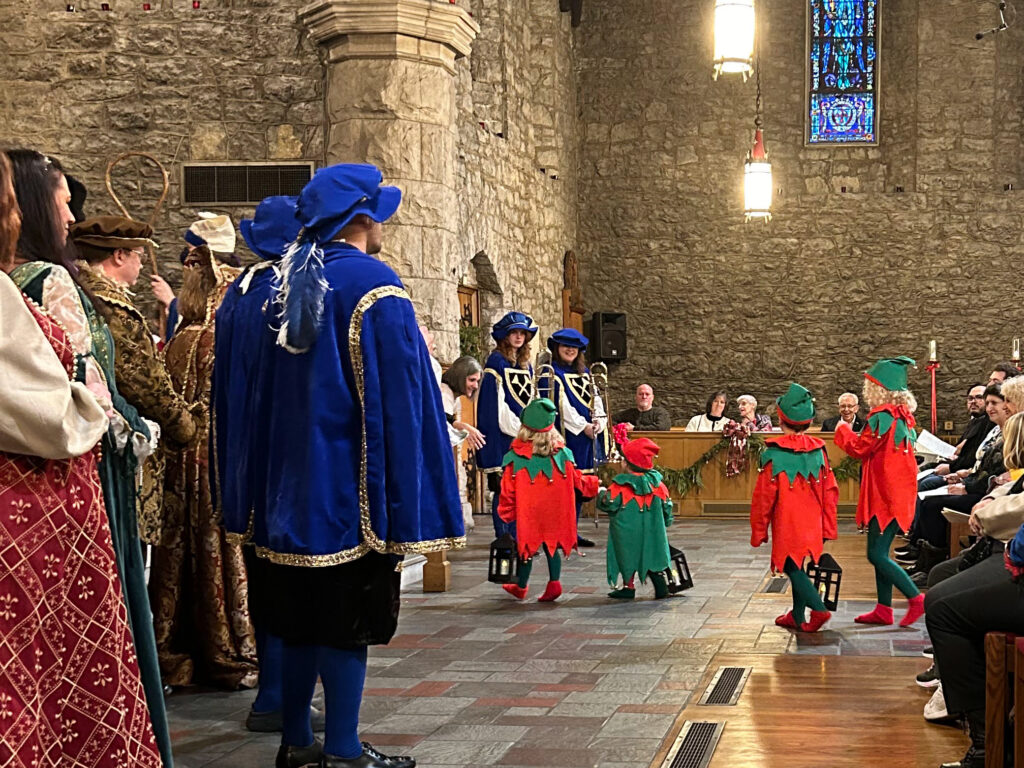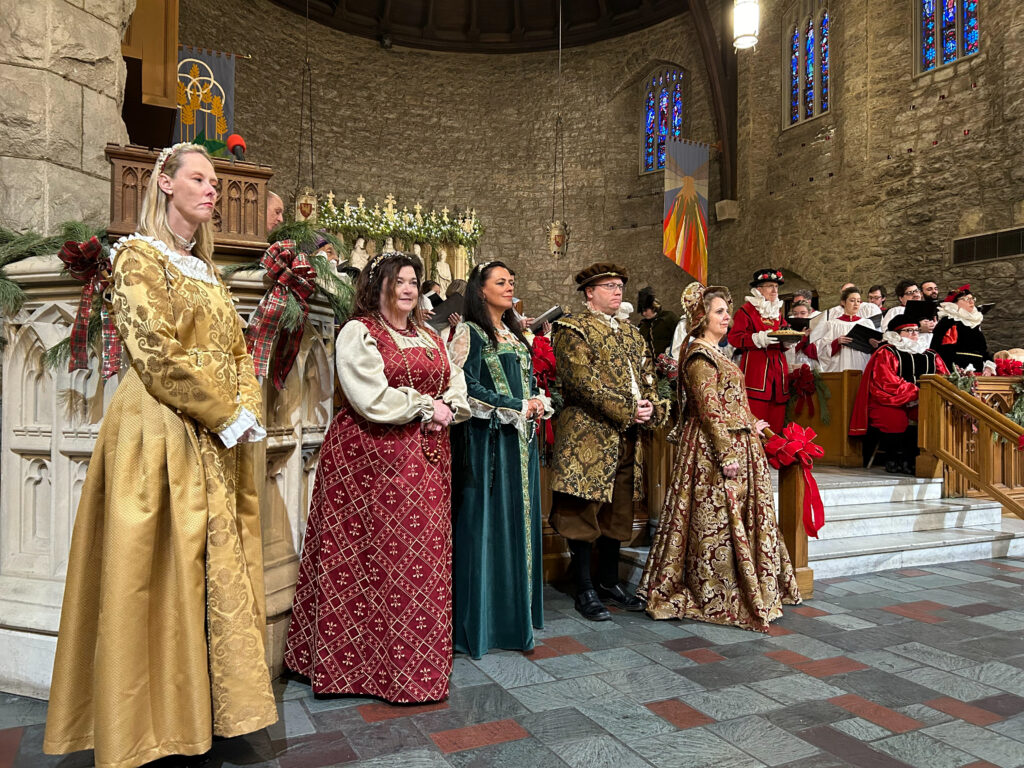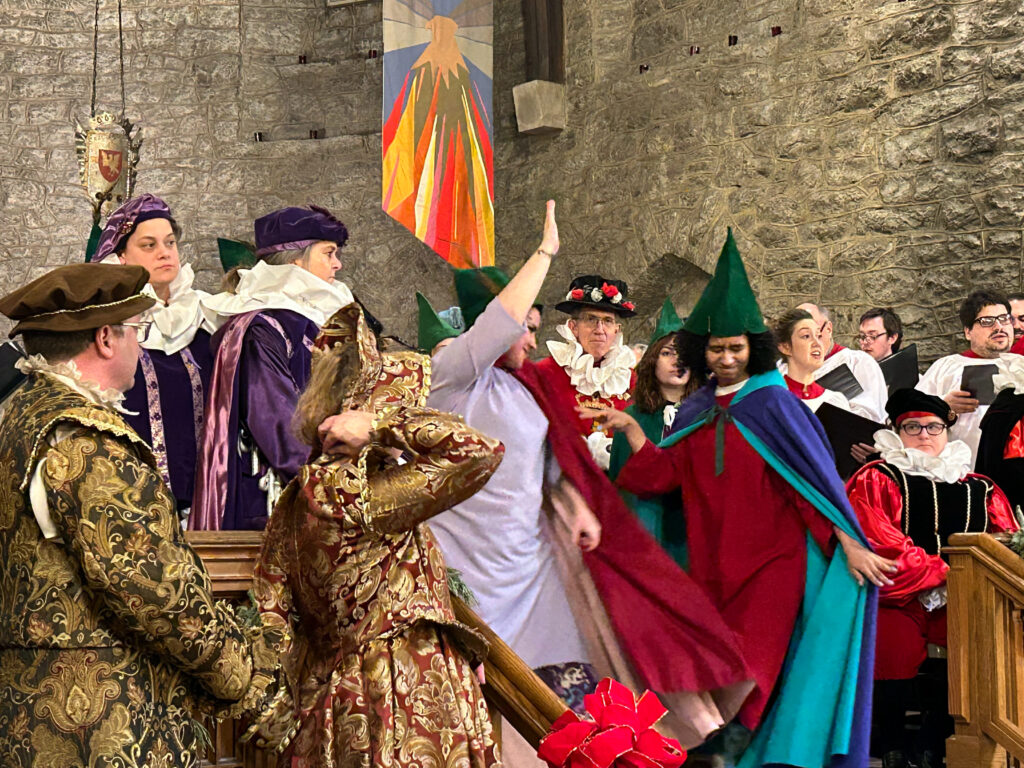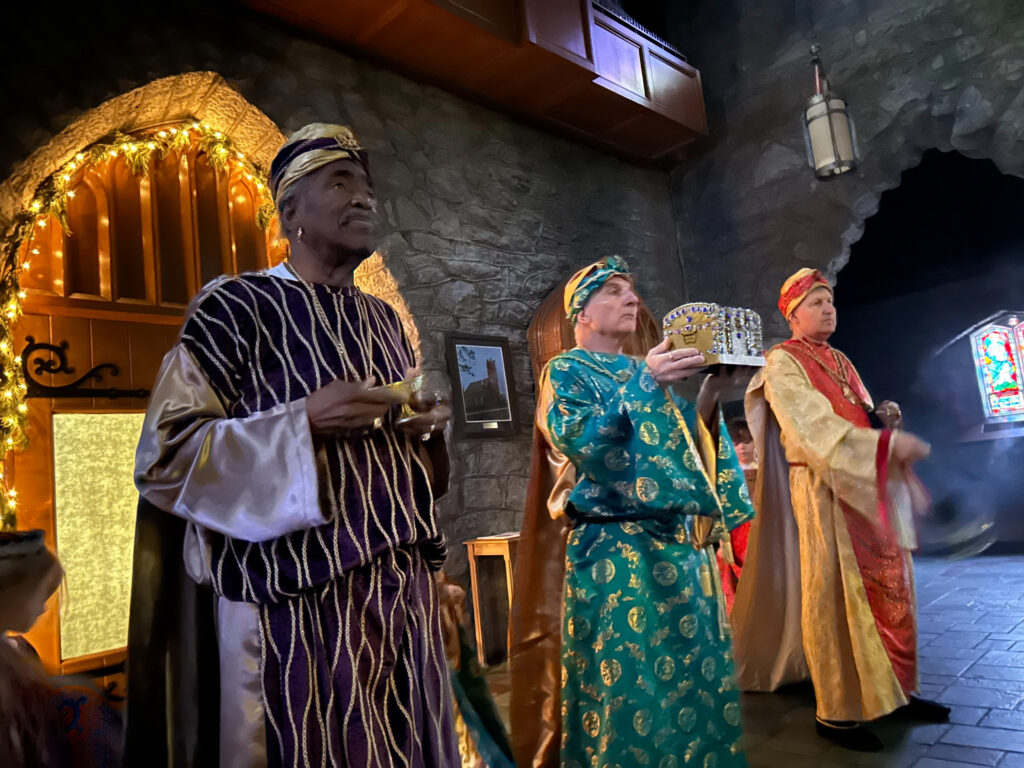Carolyn Finney Lecture at St. John’s
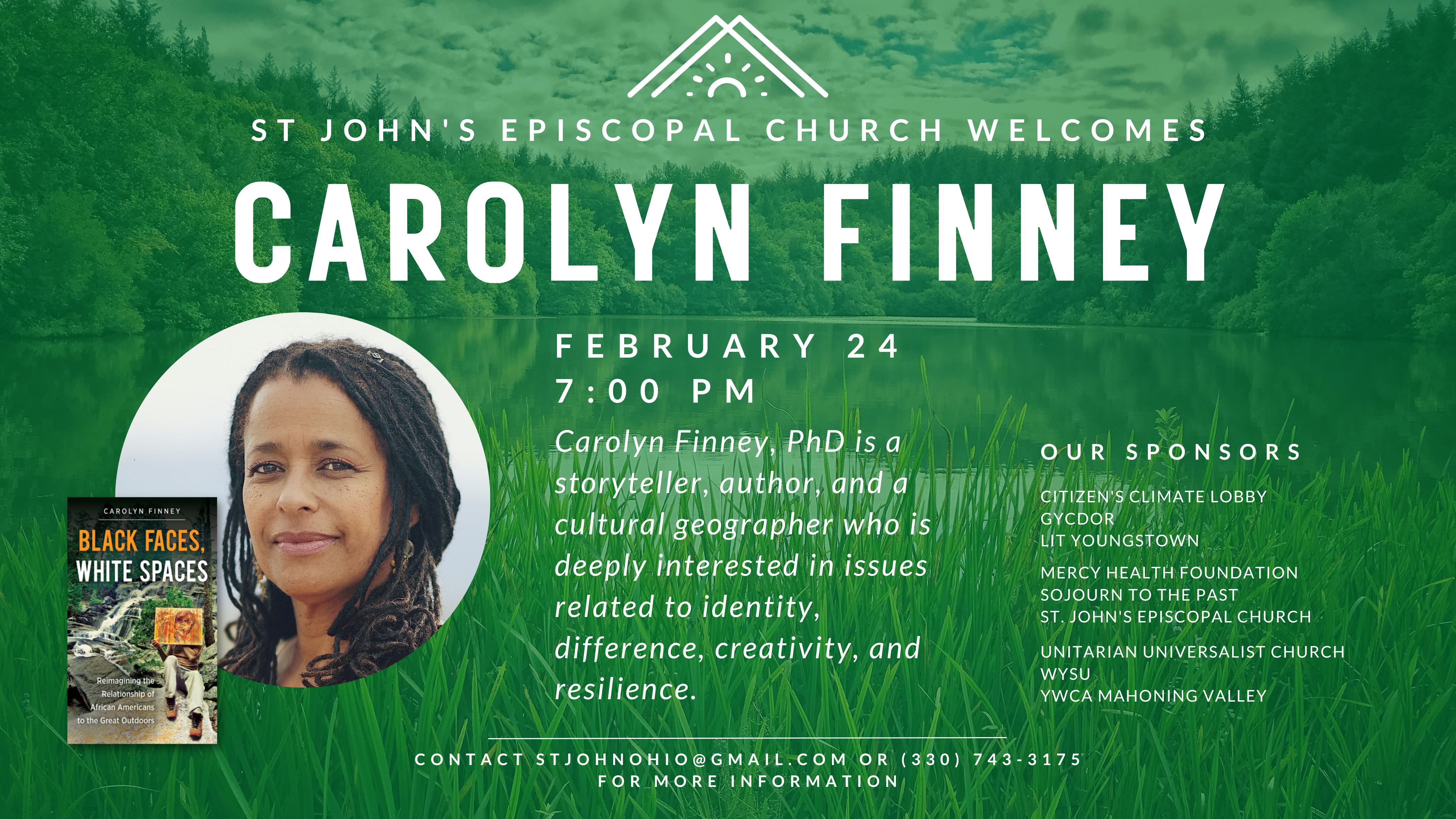
Carolyn Finney at St Johns
Join St. John’s Episcopal Church on Friday, February 24 at 7:00 p.m. as we welcome author Carolyn Finney to present a lecture on environmental racism and her book Black Faces, White Spaces: Reimagining the Relationship of African Americans to the Great Outdoors. This event is free and open to the public. If you have any other questions about this event, please contact the office of St. John’s Episcopal Church at 330-743-3175 or email stjohnohio@gmail.com
Our event sponsors
Citizen’s Climate Lobby, GYCDOR, Lit Youngstown, Mercy Health Foundation, Sojourn to the Past, St. John’s Episcopal Church, Unitarian Universalist Church, WYSU, and YWCA Mahoning Valley. Finney’s book Black Faces, White Spaces: Reimagining the Relationship of African Americans to the Great Outdoors will be for sale at the event with special thanks to Barnes & Noble.
About Carolyn Finney
Carolyn Finney, PhD, is a storyteller, author, and a cultural geographer who is deeply interested in issues related to identity, difference, creativity, and resilience.
About Black Faces, White Spaces: Reimagining the Relationship of African Americans to the Great Outdoors
Why are African Americans so underrepresented when it comes to interest in nature, outdoor recreation, and environmentalism? In this thought-provoking study, Carolyn Finney looks beyond the discourse of the environmental justice movement to examine how the natural environment has been understood, commodified, and represented by both white and black Americans. Bridging the fields of environmental history, cultural studies, critical race studies, and geography, Finney argues that the legacies of slavery, Jim Crow, and racial violence have shaped cultural understandings of the “great outdoors” and determined who should and can have access to natural spaces.
Drawing on a variety of sources from film, literature, and popular culture, and analyzing different historical moments, including the establishment of the Wilderness Act in 1964 and the aftermath of Hurricane Katrina, Finney reveals the perceived and real ways in which nature and the environment are racialized in America. Looking toward the future, she also highlights the work of African Americans who are opening doors to greater participation in environmental and conservation concerns.

